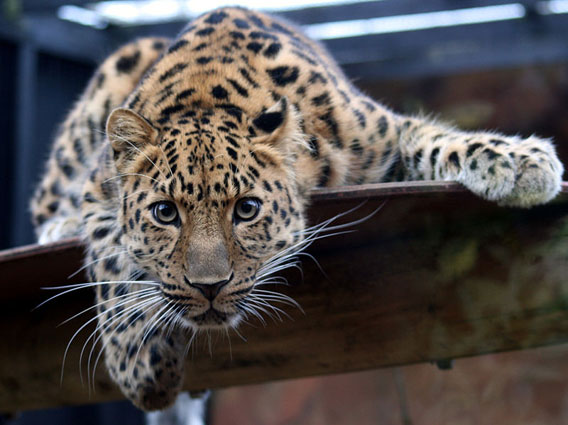The situation of Amur Leopardsby Vyomm Khanna | 01-04-2022 01:51 |
|---|
 Due to low population numbers and fragmentation, Amur leopards, a subspecies of leopards located in Russia's Far East and northeastern China, are considered critically endangered. These remarkable creatures have adapted to the Far East's temperate woodlands. The Amur subspecies, like African leopards, can run up to 37 miles per hour and are swift, solitary beasts. Their light coat and black, widely spaced rosettes with thick, unbroken rings mark them apart. Despite recent claims of rising leopard populations in China and Russia, the IUCN Red List of Threatened Species' most recent assessment in 2020 predicted that less than 60 animals remain in the wild, with a declining trend. 1 Other estimates place worldwide populations in the eighties and even hundreds, indicating that Amur leopards have witnessed a tiny increase in numbers despite being on the verge of extinction. Experts caution that even if the subspecies recover, the situation remains serious.  Amur leopards are threats to poaching, persecution, habitat fragmentation, excessive harvesting for ceremonial usage, prey supply decreases, and poorly managed trophy hunting. Poachers are drawn to Amur leopards' thick, gorgeous coats, which enable them to withstand the severe temperatures of their area and sell for $500 to $1,000 in Russia. 2 Worse, their wooded areas frequently intersect with farms and communities, leaving them more vulnerable to poaching and human hunters among their prey species. When starving leopards go into fields in quest of food, disputes with people arise, which can end in retaliatory or preventative slaughter by farmers seeking to safeguard their animals. Amur leopards are endangered not just by hunting for their body parts but also by unregulated hunting their prey species like deer and other ungulates. When a giant game like deer, moose, and wild boar aren't available, Amur leopards can often turn to smaller animals such as rabbits, fowls, and mice, all of which are vital prey species whose numbers disturbed can rapidly destabilize a robust ecosystem.
|